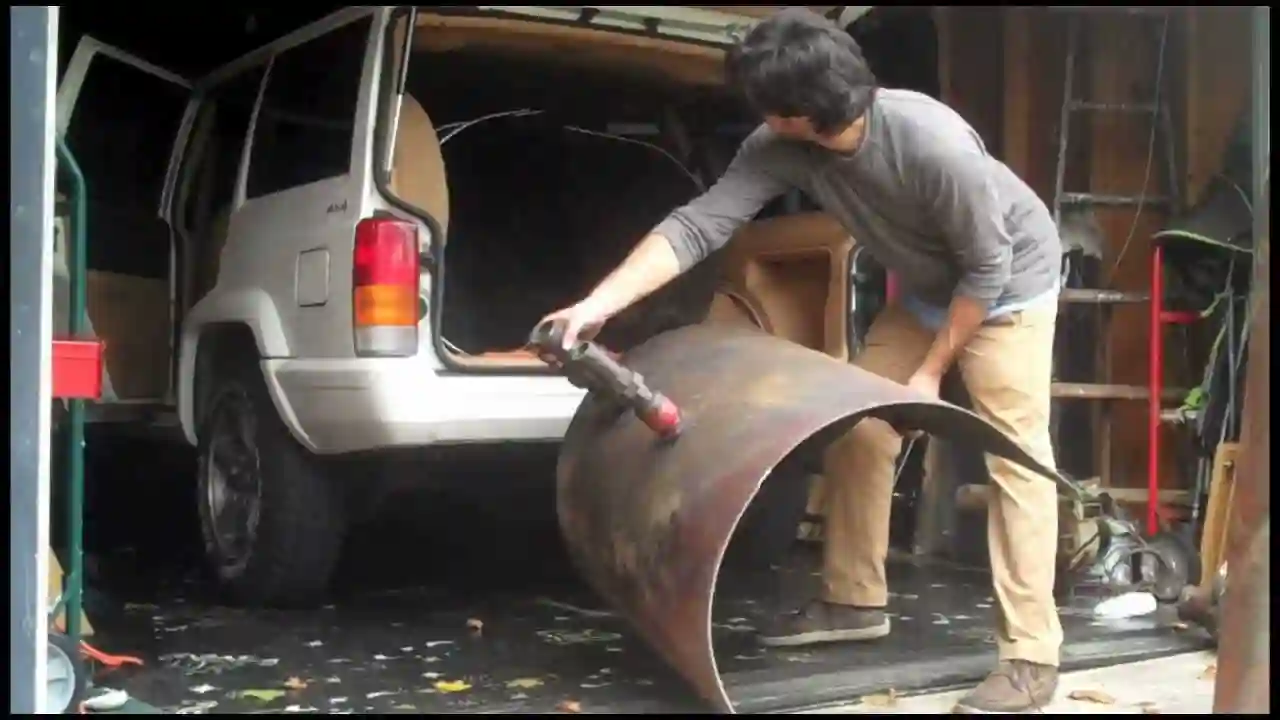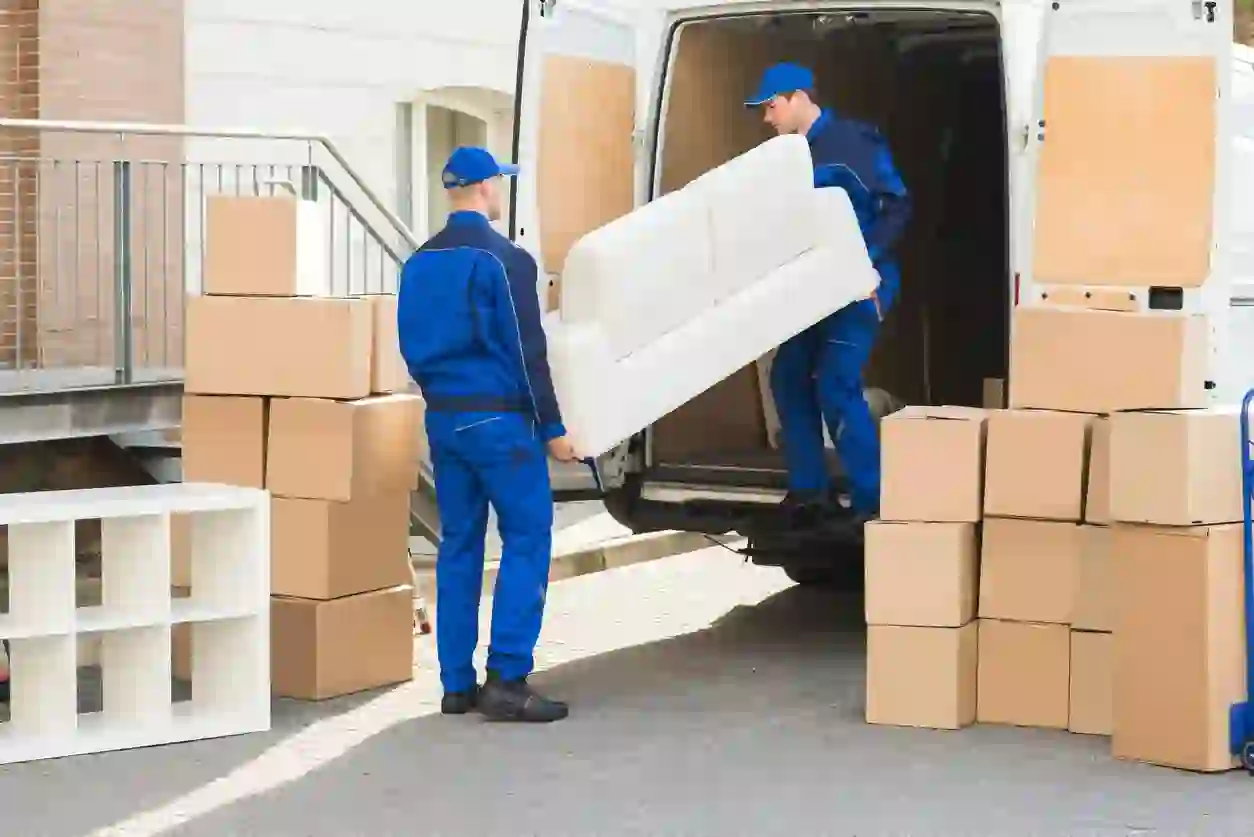Beneath the tranquility of many homes lies a potential environmental concern that necessitates careful attention – aging oil tanks buried below the surface. The process of oil tank extraction is a comprehensive endeavor that requires meticulous planning, adherence to regulations, and professional expertise. In this complete manual, we will delve into the intricacies of oil tank extraction, providing homeowners with a step-by-step guide to safely and responsibly remove these hidden relics from below the surface.
1. Initial Assessment: The First Step Below the Surface
The journey of oil tank extraction begins with the initial assessment, a crucial step that involves locating and evaluating the condition of the buried tank. Homeowners, often with the assistance of professionals, must unveil the hidden tank below the surface to determine its age, structural integrity, and potential for leaks.
2. Legal Compliance: Navigating the Regulatory Depths
Navigatingthe regulatory depths is an integral part of the oil tank extraction process. Local and state regulations govern the installation, maintenance, and removal of oil tanks, emphasizing the need for legal compliance. Obtaining the necessary permits and adhering to safety standards ensures a smooth extraction process without legal complications.
3. Choosing the Right Time for Extraction: Timing the Subsurface Operation
Determining the right time for oil tank extraction is a strategic decision. Proactive homeowners may choose to extract tanks before they reach the end of their expected lifespan or exhibit signs of deterioration. Early extraction prevents potential leaks and environmental damage. Alternatively, if homeowners are transitioning to alternative heating sources, it presents an opportune time for oil tank extraction.
4. Professional Assistance: Subsurface Expertise
Oil tank extraction is a complex task that demands professional expertise. Certified tank removal experts possess the knowledge, experience, and specialized equipment needed for safe and efficient extraction. Attempting to extract an oil tank without professional assistance poses risks to the property and the environment. Hiring professionals ensures compliance with regulations and minimizes potential accidents below the surface.
5. Comprehensive Site Assessment: Unveiling the Full Scope Below the Surface
Before commencing with oil tank extraction, a comprehensive site assessment is essential. This involves locating the tank, assessing its condition, and determining potential environmental impact. Soil and groundwater testing may be necessary to unveil the full scope of the operation below the surface. A thorough site assessment guides the extraction process, providing insights into the scope of the project and any remediation measures required.
6. Safe Tank Pumping and Cleaning: Extracting the Contents Below the Surface
The actual extraction process begins with the safe pumping and cleaning of the tank. Removing any remaining oil and thoroughly cleaning the tank’s interior minimizes the risk of spills during extraction. Proper disposal of the extracted oil is crucial to prevent environmental contamination, marking a key step in the extraction process below the surface.
7. Excavation: Bringing the Subsurface to Light
If the decision is made to completely extract the oil tank, excavation becomes a critical phase. The area surrounding the tank is excavated to fully expose it, allowing for a meticulous inspection. Specialized equipment is then used to lift the tank from its subsurface location. Precision is paramount during excavation to avoid damage to the tank and surrounding structures.
8. Environmental Remediation: Mitigating the Subsurface Impact
In cases where soil or groundwater contamination is detected during the extraction process, environmental remediation becomes necessary. Remediation measures may include the removal and replacement of contaminated soil or advanced treatments for groundwater. Thorough documentation of these remediation efforts is crucial for regulatory compliance and ensures that the subsurface impact is effectively mitigated.
9. Documentation for Compliance: Recording the Subsurface Operation
The final step in the oil tank extraction process involves comprehensive documentation. A detailed report outlining the entire extraction process, environmental assessments, and any remediation activities is provided to the homeowner. This documentation is essential for proving compliance with regulations, maintaining a record of responsible subsurface stewardship, and facilitating future property transactions.
Conclusion:
Below the surface of every home lies a hidden chapter that demands attention – aging oil tanks with the potential for environmental impact. The complete manual for oil tank extraction outlined in this guide covers each step, from the initial assessment and legal compliance to choosing the right time, securing professional assistance, and conducting a comprehensive site assessment. Safe tank pumping, excavation, environmental remediation, and thorough documentation complete the extraction process below the surface. By following this comprehensive manual, homeowners can navigate the complexities of oil tank extraction responsibly, ensuring the safety of their property and the subsurface environment.


